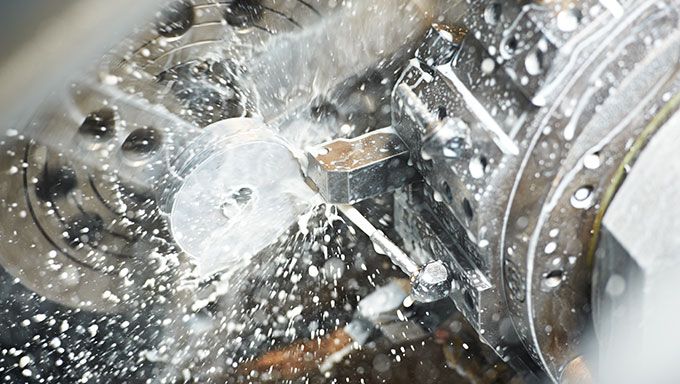Gartner expects that by 2020 more than 20 billion “things” will be linked up to the internet – for which Retarus will then be able to offer its information logistics services. The market research and business consultancy firm has just released its updated forecast for the Internet of Things (IoT). In the current year, according to Gartner, 8.4 billion different networked things are already in use, an increase of 31 percent over 2016. The total expenditure on devices and services for IoT is expected to amount to around 2 trillion dollars in 2017. Seen from a regional perspective, the growth in IoT is mainly due to developments in China, North America and Western Europe, where about two-thirds of the connected devices are installed. Looking at applications, the consumer segment is very highly represented with a total of 5.3 billion units or 63 percent of the overall number of applications in use, while 3.1 million things are on track to be connected at companies in 2017. “Aside from automotive systems, the applications that will be most in use by consumers will be smart TVs and digital set-top boxes,” comments Gartner analyst Peter Middleton, “while smart electric meters and commercial security cameras will be most in use by businesses.” On the business side, Gartner go on to list a whole raft of sector-specific IoT applications, deployed for instance in the manufacturing sector, energy production or healthcare. Starting from 2018, however, it is already anticipated that cross-industry devices like those intended for use in smart buildings (including LED lighting, HVAC and physical security systems) will start to dominate the market, as cheaper devices produced in higher volumes bring connectivity to a mass market. In 2020, it is predicted that such cross-industry devices will reach 4.4 billion units, compared with 3.2 billion vertical-specific devices. So while consumers may buy more IoT devices, companies are investing in more expensive ones. For 2017, Gartner forecasts that companies will spend $964 billion and consumers $725 billion. By 2020, the total revenue generated from both market segments is expected to rise to almost $3 trillion. Gartner expert Denise Denise Rueb sees IoT services as a core factor for the growth in IoT devices. In 2017, the total spending on IoT services (professional, consumer and connectivity) is expected to reach $273 billion. Most of this expenditure is currently going to service providers supporting companies in designing, implementing and operating IoT systems. Over the medium term, however, Rueb suggests that consumer and connectivity services will grow at a faster pace. Retarus’ information logistics and Global Delivery Network mean that the company is perfectly situated to provide customers with the communications layer in IoT systems. To ensure that devices are able to communicate with each other dependably and in automated ways, differing standards around the world have to be reliably connected with each other. Data formats need to be converted into the appropriate, pre-defined target format in each case. Such complex information logistics requires a perfect flow of information between people, processes and things. Find out how you can successfully implement your IoT strategies with Retarus.
Ever More “Things” Connected to the Internet

Tags: Information Logistics // IoT
